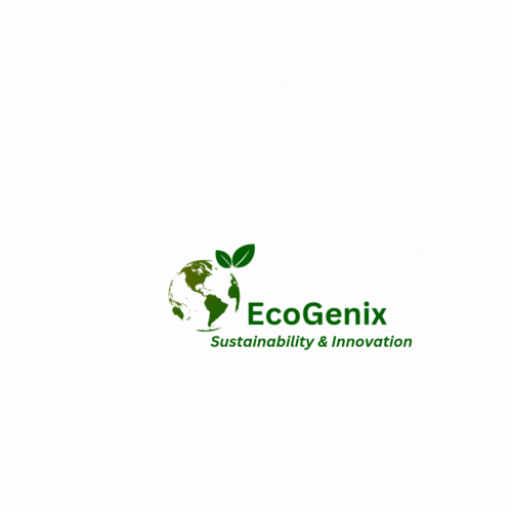Introduction
In an era marked by environmental challenges and the imperative to reduce our carbon footprint, renewable energy and green technologies have emerged as cornerstones of a sustainable future. As we face the pressing need to transition away from fossil fuels and embrace cleaner alternatives, this article explores the significance of renewable energy sources and innovative green technologies in mitigating climate change and building a more sustainable world.
The Rise of Renewable Energy
Renewable energy sources, including solar, wind, hydropower, geothermal, and bioenergy, harness the power of nature to generate clean, sustainable electricity. Their adoption is driven by several compelling factors:
1. Reducing Greenhouse Gas Emissions:Unlike conventional energy sources such as coal and natural gas, renewable energy produces little to no greenhouse gas emissions during operation. This makes renewables a crucial element in global efforts to combat climate change and reduce the impact of human activities on the environment.
2. Energy Security and Independence: Investing in renewable energy enhances energy security by diversifying the energy mix. Relying on locally available and inexhaustible resources reduces dependence on imported fossil fuels, strengthening a nation’s energy independence.
3. Economic Opportunities: The renewable energy sector presents significant economic opportunities. The rapid growth of industries such as solar and wind power creates jobs, stimulates innovation, and attracts investment. This transition to a green economy fosters sustainable development and economic resilience.
Key Renewable Energy Technologies
1. Solar Power:Solar energy, harnessed through photovoltaic cells, has witnessed remarkable advancements. Solar panels on rooftops and solar farms capture sunlight and convert it into electricity. Additionally, solar thermal technology utilizes sunlight to generate heat for industrial processes or electricity generation.
2. Wind Power: Wind turbines convert the kinetic energy of the wind into electricity. Onshore and offshore wind farms have become increasingly common, harnessing the power of the wind to generate clean and abundant energy.
3. Hydropower: Hydropower systems use the energy of flowing water to generate electricity. From traditional dams to innovative run-of-river projects, hydropower remains a reliable and versatile renewable energy source.
4. Geothermal Energy: Geothermal power taps into the Earth’s internal heat to generate electricity and provide heating. This technology has proven effective in regions with geothermal resources, offering a continuous and reliable source of energy.
5. Bioenergy: Bioenergy utilizes organic materials, such as agricultural residues and biomass, to generate power. This includes biofuels for transportation, biogas for heating, and biomass power plants.
Green Technologies Shaping a Sustainable Future
Beyond renewable energy, green technologies encompass a wide array of innovations aimed at reducing environmental impact and promoting sustainability across various sectors:
1. Energy Storage: Advanced energy storage technologies, such as lithium-ion batteries, enable the efficient storage of excess renewable energy for use during periods of low generation. This addresses the intermittent nature of some renewable sources and enhances the reliability of clean energy systems.
2. Smart Grids: Smart grid technologies enhance the efficiency and reliability of energy distribution. By incorporating digital communication and automation, smart grids optimize energy use, reduce wastage, and enhance the integration of renewable energy sources into the grid.
3. Energy-Efficient Buildings: Green building technologies focus on energy-efficient designs, materials, and systems to reduce energy consumption in residential and commercial structures. This includes innovations such as energy-efficient HVAC systems, insulation, and smart home technologies.
4. Electric Vehicles (EVs): The rise of electric vehicles represents a significant step towards sustainable transportation. Powered by electricity, EVs reduce reliance on fossil fuels, decrease air pollution, and contribute to a cleaner and more sustainable transportation sector.
5. Circular Economy Practices: Green technologies also encompass circular economy principles, emphasizing recycling, reusing, and reducing waste. Innovations in waste management, sustainable packaging, and closed-loop production systems contribute to a more circular and resource-efficient economy.
Conclusion
Renewable energy and green technologies are transformative forces that hold the key to a sustainable and resilient future. Embracing these innovations not only addresses the urgent need to mitigate climate change but also unlocks economic opportunities, enhances energy security, and fosters a healthier planet for future generations. Governments, businesses, and individuals play pivotal roles in driving the adoption of these technologies, ensuring that the transition to a greener and more sustainable world is not just a vision but a reality. As we navigate the challenges of the 21st century, the power of renewable energy and green technologies stands as a beacon of hope for a brighter and more sustainable tomorrow.
Article by:
Dr Wayne Tota

Leave a Reply